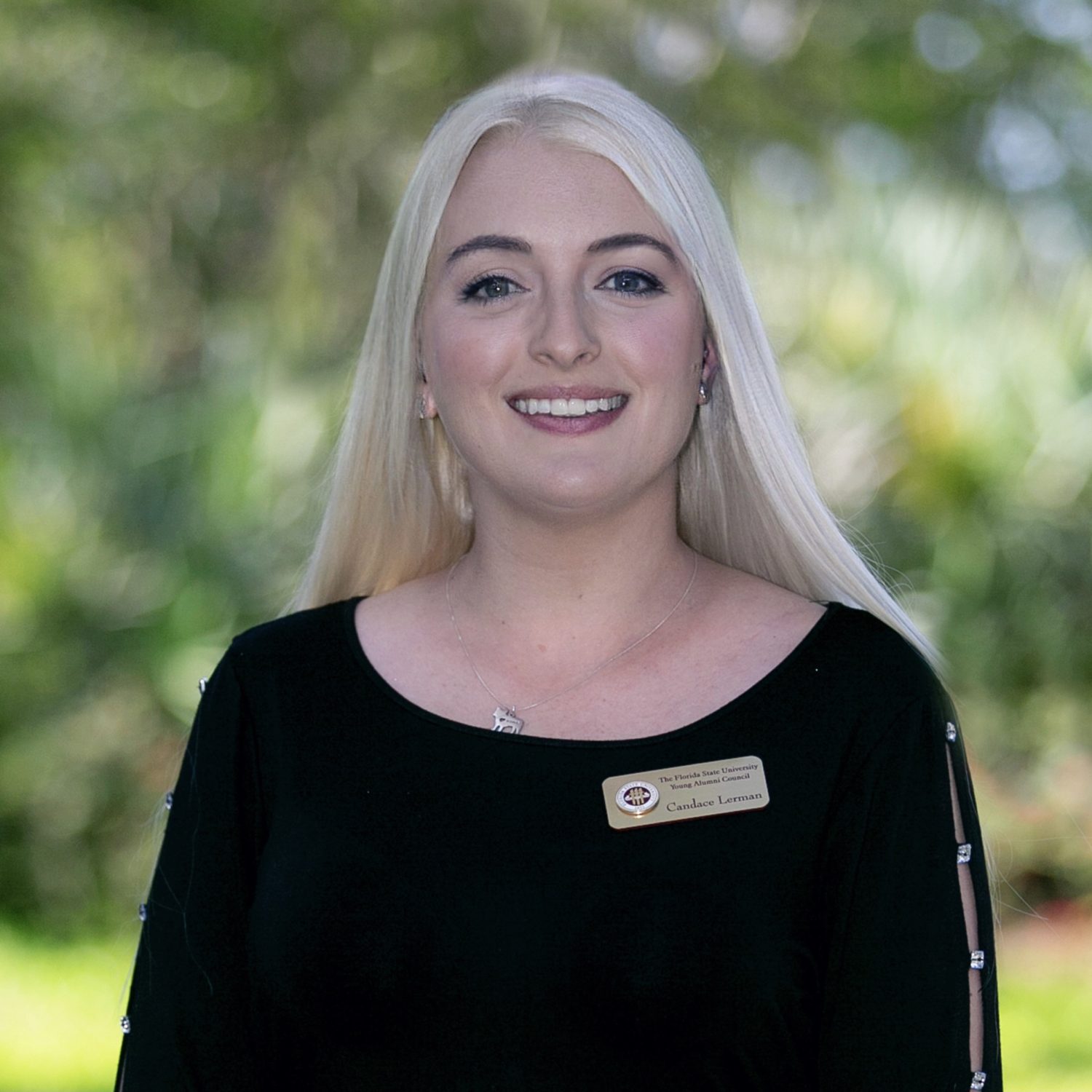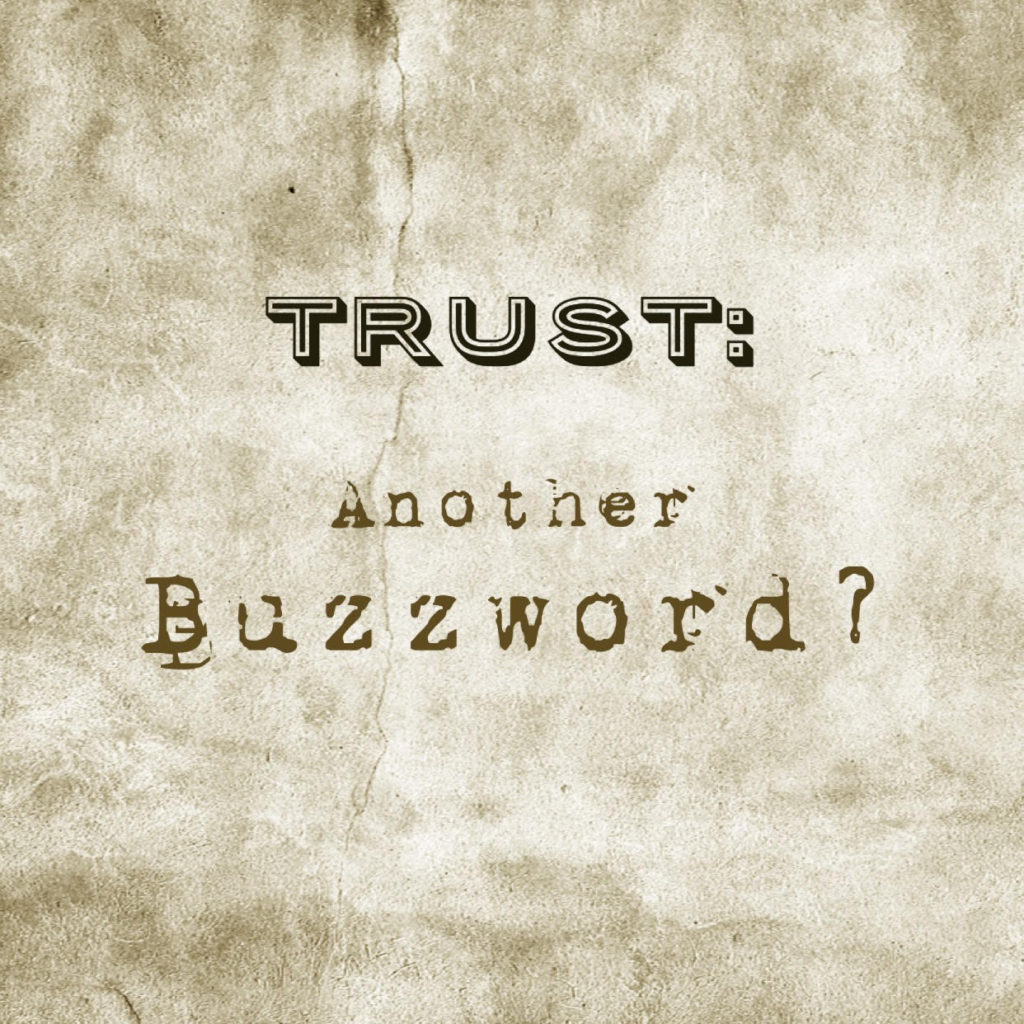This week, former congressman John Delaney (D-Maryland) proposed that $1500 stimulus checks be issued to people who get the COVID-19 vaccine. While I have been yelling from roof tops about patients who cannot get vaccines for medical reasons (and those reasons include ICU visits and/or death), this hit another point that has been equally as aggravating for many years. As an attorney, I am always questioning why biopharma companies refuse to cover the out of pocket expenses for patients participating in clinical trials. These expenses include things like gas, tolls, parking fees, childcare, and meals.
I have been told by people in legal/compliance that this is due to those reimbursements being seen as a form of “payment” that could influence a patient’s decision to participate in a trial. Of course, that sounds pretty ridiculous to most patients, we chat with our friends who have participated in trials and hear expenses being covered. The lack of consistency is not only annoying, it highlights a major problem with trial design on the industry side. Perhaps it can be attributed to a lack of meaningful patient engagement early in the drug development process, or a budgeting oversight. Either way, it is totally unacceptable and truly hurts creating inclusive trials.
So back to the stimulus check tied to the COVID-19 vaccine, it is maddening to see this idea being celebrated while patients participating in clinical trials are expected to foot the bill. I strongly believe it is time to have a conversation with patients, industry, and regulators about clearly defining reimbursement for trial participants, especially now that we have expanded our focus on diversity and inclusion in clinical trials. Far too often I hear stories of families struggling to afford childcare, balance schedules, manage school assignments, and taking care of pets while receiving an experimental therapy. Despite Sponsors and CROs collaborating with patient groups more often, we are still far off from truly addressing the needs of patients and families participating in clinical research. How is making a stimulus check contingent on getting a vaccine better than reimbursing costs associated with participating in clinical trials? Why would a stimulus check not be viewed in this manner as a “influencer” for participation, but covering the parking fee at a trial site is forbidden?
As we continue to see COVID-19 shift healthcare, it is important that patients push to see the same advancements, innovation, and sense of urgency occur within their communities. This story struck me as one area where we really need to be doing more to help patients and families participate in clinical trials. Financial burdens prevent participation, can cause patients to drop out of trials, and slow down enrollment. Time is money for industry, and time is of the essence for patients.
Let’s cover the costs associated with participation in clinical trials and stop pointing fingers for not doing so, patients know better.

